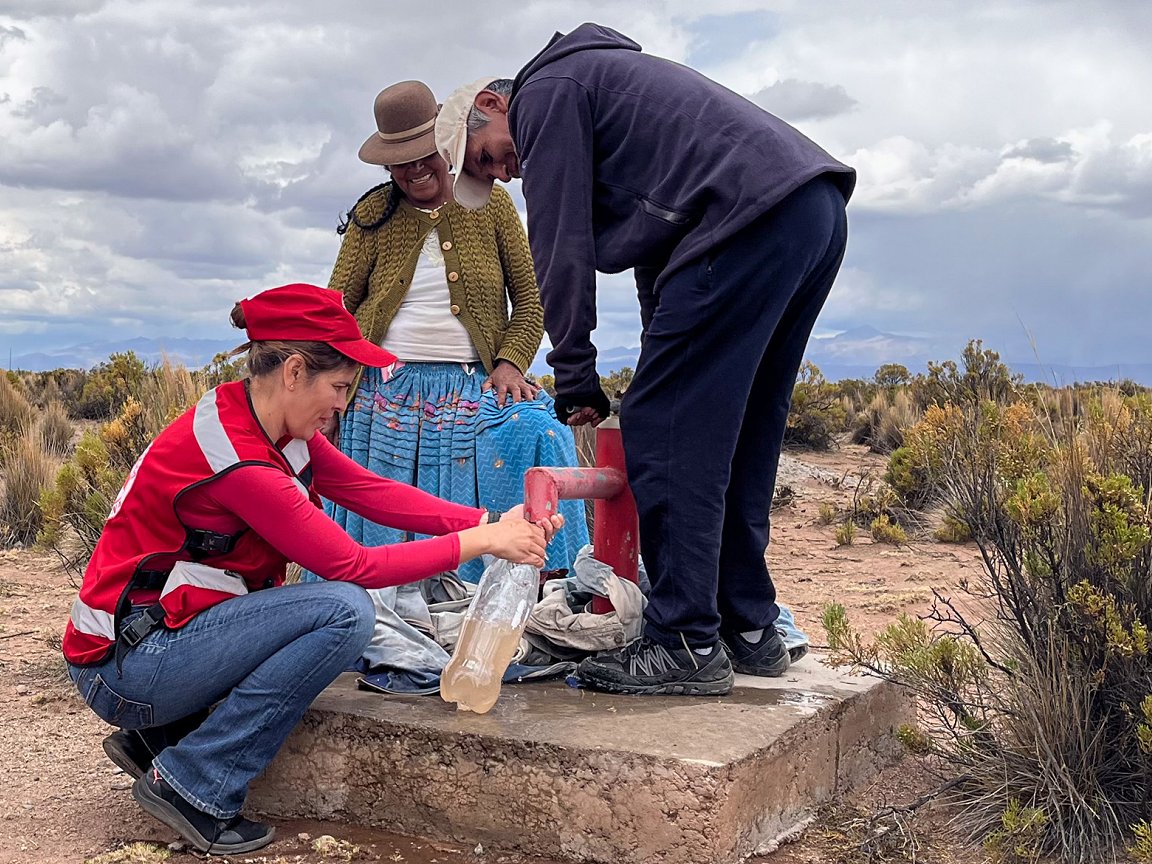
Study: Climate change, not El Niño, main driver of exceptional 2023 drought in Amazon basin

By the Climate Centre
Climate change, not El Niño, was the main driver of last year’s severe drought in the Amazon basin, according to the latest rapid analysis by World Weather Attribution scientists and released today, making it 30 times more likely.
River levels are said to be at their lowest levels in 120 years, threatening some 30 million people in Brazil, Peru, Colombia, Venezuela, Ecuador and Bolivia, disrupting transportation, isolating communities, and killing wildlife, including more than 100 endangered pink dolphins.
The current El Niño, which would also be expected to bring dry conditions to the region, had a much smaller influence on the drought, which is classified as “exceptional” under the authoritative the US Drought Monitor system.
As the largest rainforest in the world and vitally important for biodiversity, the Amazon is also crucial for the stability of the global climate.
Regina Rodrigues, Professor of Physical Oceanography and Climate at the University of Santa Catarina, in the southern Brazilian city of Florianópolis, explained: “The Amazon could make or break our fight against climate change. If we protect the forest, it will continue to act as the world’s largest land-based carbon sink.
“But if we allow human-induced emissions and deforestation to push it through the tipping point, it will release large amounts of carbon dioxide, further complicating our fight against climate change.”
The low rivers have restricted people’s ability to travel by boat, access drinking water, grow crops, catch fish, and trade.
‘The Amazon could make or break our fight against climate change’
The dry conditions have also triggered wildfires and led to smoke-induced air pollution.
The Climate Centre’s Simphiwe Stewart, one of the study authors, said: “Many communities living in the Amazon basin simply haven’t seen a drought like this before.
“Waterways dried up in a matter of months. People were forced to make huge journeys, dragging boats over dried-up sections of river to access food, medicine and other essential goods.”
The study, which centred on the period from June to November 2023, found that El Niño and climate change reduced rainfall by about the same amount, but the high temperatures were driven almost entirely by climate change.
If global warming reaches 2°C, it says, similar periods of extremely low rainfall will become another four times more likely, expected just over once every 30 years.
The study included scientists from universities and meteorological agencies in Brazil, the Netherlands, the UK and the US.
A Bolivian Red Cross volunteers assists residents at a depleted water point. All but two of Bolivia’s nine departments were forced to declare an emergency due to the drought last year. Local authorities “issued stark warnings, emphasizing the seriousness of the situation” during the warmest winter ever recorded in the country, the IFRC said. With the Bolivian Red Cross it responded with a DREF grant of nearly 300,000 Swiss francs in October to assist 5,000 people in Cochabamba, Chuquisaca, La Paz, Oruro, Santa Cruz. (Photo: Susana Arroyo Barrantes/IFRC)